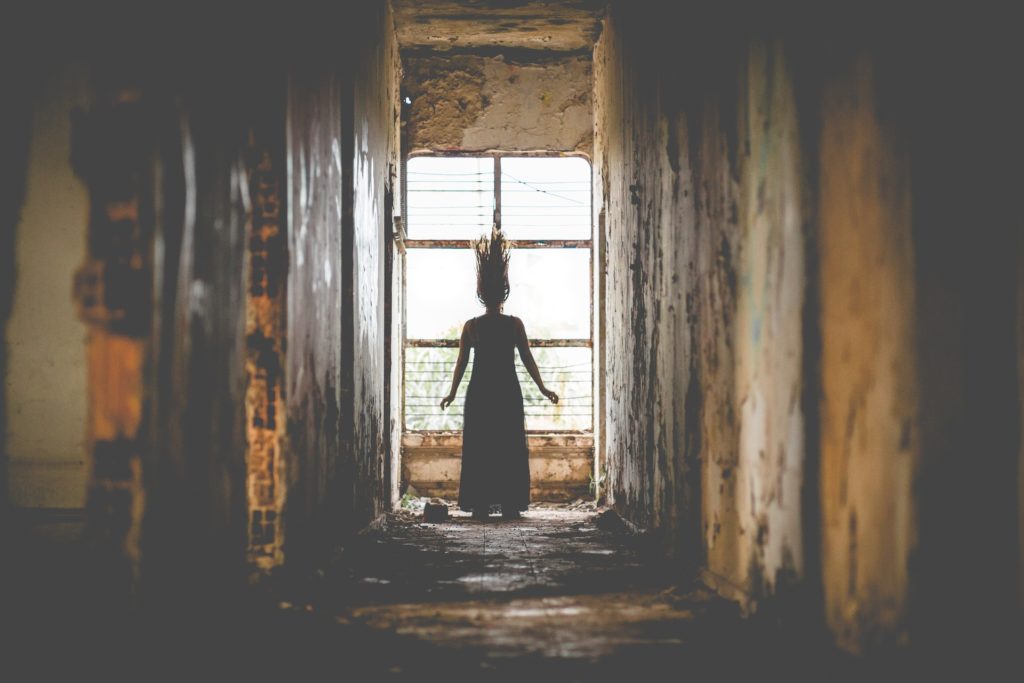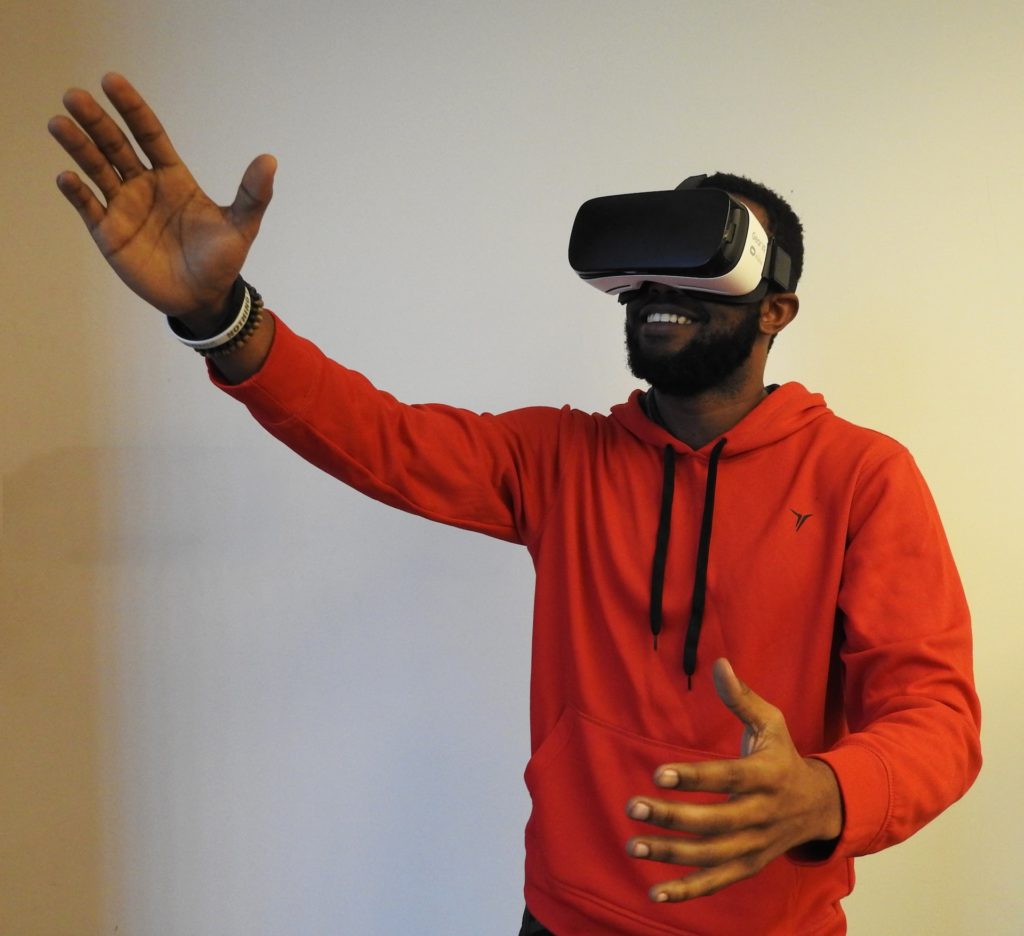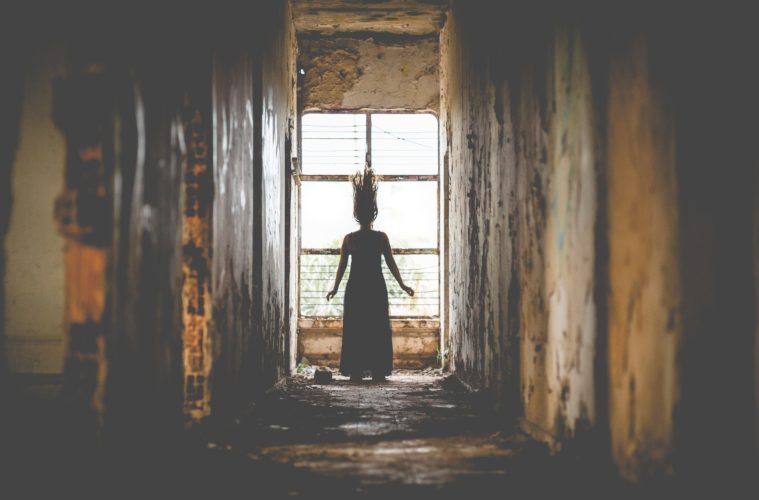How Modern Horror films Are Evolving In The Digital Age

Since the first silent horror film, “The House of the Devil” came out in 1896, the horror genre has always pushed the limits of technology to create more immersive and terrifying experiences. Over the years, fans have only grown more impatient for the next blood curdling tale. The genre has progressed greatly and is still evolving with the help of technological advancements.
In this article, we’ll talk about how technology has shaped modern horror movies and how zombies have become a common theme in the genre.
Innovations in Special Effects
Special effects have always been an important part of horror movies. They make scenes look real and bloody, adding to the overall horror. In recent years, there have been developments in special effects that have made it simpler to create realistic scenarios. Computer-Generated Imagery (CGI), for example, has made it possible to make stunning and scary monsters that would have been hard to make with only practical effects.
Horror film fans have long enjoyed the popular theme of zombies, but because of technological advances, filmmakers may now take this concept to entirely new heights. Filmmakers can now construct hordes of zombies that appear to move frantically, thanks to the usage of sophisticated computer graphics in movies like World War Z and Resident Evil. This makes the zombies even scarier than they have been previously.
Several terrifying zombie characters made their debut in the recent zombie movie “The Last of Us,” which doubles as a kind of sequel to the game. From the Runners to the Rat King, each of the five phases of the infected was a technical marvel of modern CGI. ExpressVPN’s review of the TV show referred to the Rat King as “an ultra-rare and anomalous evolution of the infected.” That is the extent technology can go to keep our hearts pacing in anticipation for the next scene.
Immersive Sound Design
Sound design is an important part of modern horror movies, and music and sound effects are often used to create a scary atmosphere. With the help of surround sound systems, moviemakers can give audiences a more immersive experience. This works well, especially in zombie movies, where the sound of grumbling, shuffling, and growling zombies can make the viewers feel like they are in the middle of the apocalypse.
Sound design is employed to create effects in films like “Dawn of the Dead” and “28 Days Later” to create a frightening atmosphere that heightens viewer suspense and fear. One of the Rotten Tomatoes critics’ reviews would rate “Dawn of the Dead” as the scariest horror movie, which is partly because of its immersive sound. Although zombies have a terrifying appearance, the sound of their walking or the strange stillness that follows a horde of them may be just as unnerving.
Virtual Reality (VR)

Virtual reality (VR) has become a popular technology in recent years. It has even made its way into horror movies. With virtual reality (VR) technology, viewers can be completely immersed in a virtual world that fills their whole field of vision. In this world, you can virtually interact with the setting from the movie and receive a close-up view of the tense situation. The popular Inside360 VR horror movie, “Inside the Chamber of Horrors,” is a perfect blend of fear and thrill.
Zombie games like “Arizona Sunshine” and “The Brookhaven Experiment” also use VR technology to give gamers a scary and realistic experience. One of the most thrilling and naturalistic horror experiences is possible thanks to technology that immerses the user in action as he or she attempts to flee a horde of zombies.
In Conclusion
As a result of technological advancements, horror movies can provide spectators with a more realistic and horrifying experience. Zombies have become a common theme in horror movies, and new technology has helped filmmakers make them look more real and scary.
Whether through improvements in special effects, immersive sound design, social media marketing, or virtual reality, technology has helped push the boundaries of the horror genre and give audiences new and exciting experiences. There’s little doubt that as time goes on, horror films will find even more creative ways to incorporate technology into their narrative.

